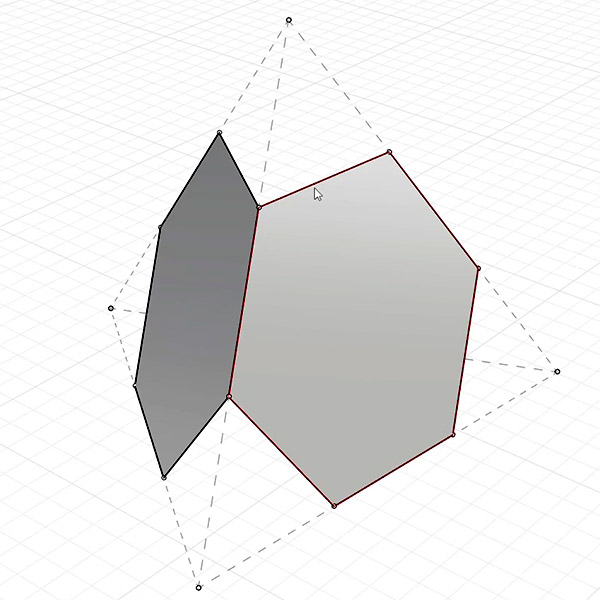Modeling and Unrolling Truncated Tetrahedron
Truncation refers to the process of shortening something by removing parts. You can apply truncation to numbers, text, or data in various contexts. A truncated polyhedron is a geometric solid formed by truncating the vertices of a regular polyhedron. Truncation involves cutting off the corners or vertices of the polyhedron in such a way that the original faces become polygons with new edges. This process creates new faces at the truncated vertices. It often results in a shape that is still symmetrical and retains some properties of the original polyhedron. The modeling and unrolling truncated tetrahedron is a good exercise for the basics of CAD education.
In various fields of mathematics, including geometry and topology, truncated tetrahedra are studied for their properties and relationships with other polyhedra. You can find them in architecture, art, and other creative fields due to their interesting geometric structure. In the case of the archimedean solid, truncated tetrahedron, the process is the cutting off of the vertices of a tetrahedron from the 1/3s of the edges. So, this results in the new polyhedron with four regular hexagonal and four regular triangular faces.
In this tutorial video, I tried to explain the modeling process of a tetrahedron. Then, I made the truncation operation by cutting off the 1/3s of every edge. Finally, I showed the step-by-step process of unrolling it into a flat net, so that you can produce them from sheet materials. If you liked this content, you can support me as one of my patreons. On my Patreon page, you can find all tutorials including the Modeling and Unrolling Truncated Tetrahedron, and more. Thank you.









